Hager Installation pipes




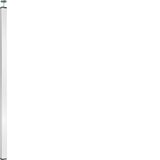
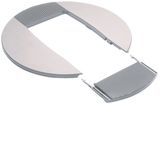

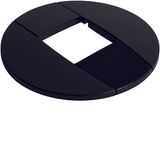


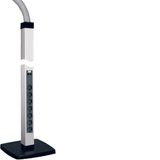
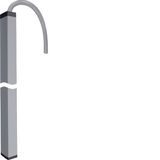

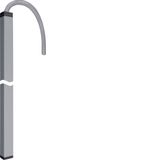
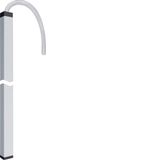

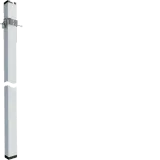
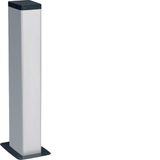
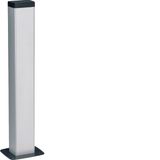

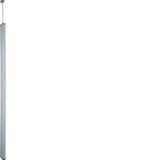

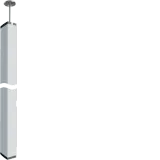
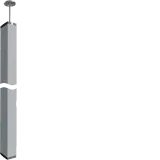
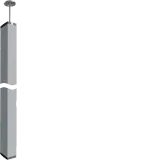


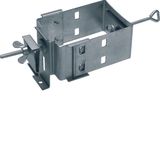
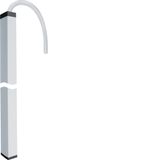




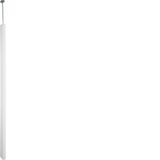
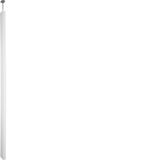

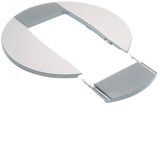
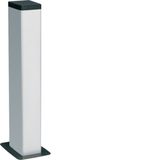
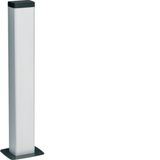
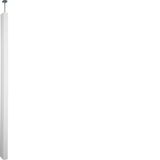
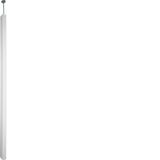
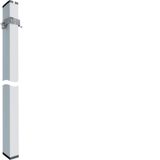


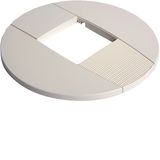
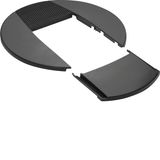
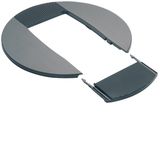

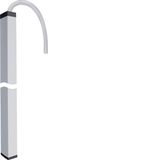
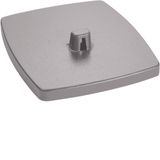
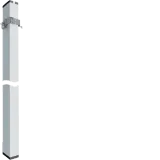
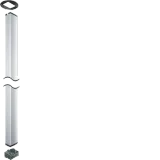
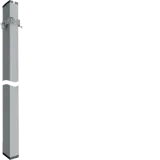


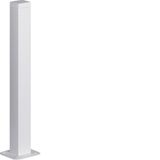
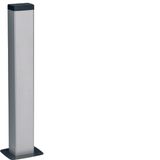
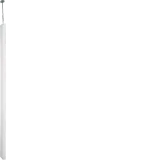
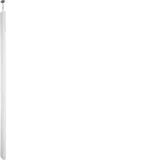

-
-
1
- 2
-
In every electrical installation project—from residential rewires to commercial fit‑outs and industrial panels—the cable‑routing infrastructure is the unsung hero. The category of Hager installation pipes covers Hager installation pipes, Hager conduits and fittings, Hager corrugated pipes, Hager rigid conduits, Hager PVC installation pipes, Hager cable protection tubes, and Hager conduit accessories. From experience, when the conduit path is planned and verified early, you avoid cable crush, service issues, and regulatory non‑compliance later.
Hager Conduits and Fittings – Structured Cable Routing
When you’re running power, data or control cables you’ll select Hager conduits and fittings—these provide the backbone of your cable‑path: bends, junctions, reducers, coupling pieces. Hager’s catalogue refers to “Cable routing and room connection systems” for energy, data and multimedia infrastructure. Hager
In practical wiring work you’ll check bend radii (especially for fibre or data cables), conduit diameter vs cable fill, compatibility of fittings with pipe material, and whether the conduit is halogen‑free or flame‑rated as required by building standard. Specifying Hager fittings ensures consistency in depth, fixation method and spare availability.
Hager Corrugated Pipes & PVC Installation Tubes – Flexible Protection
In many installations you’ll use Hager corrugated pipes (flexible conduits) or Hager PVC installation pipes for areas requiring routing around structure, vibration zones or retrofit installations. Hager’s parent brand mentions flexible and rigid PVC pipes in their segment under Pmflex (Hager group) for industrial and building use. Hager Group
From site work: you’ll choose corrugated vs smooth based on risk of damage, ease of cable pull, coupling system for future upgrades, and whether the material is suitable for exposed or buried installations. For example, pulling data cables through a smooth‑bore rigid tube is easier long‑term. Specifying Hager’s range here ensures your spares and routing methods match.
Hager Rigid Conduits & Cable‑Protection Tubes – Heavy‑Duty Pathways
Where you have demanding routing requirements—underground ducts, industrial plant, HVAC rooms—you’ll use Hager rigid conduits or Hager cable‑protection tubes. These rigid pathways provide impact resistance, clear routing, and longer service life.
In practice: check the conduit’s material (PVC‑U, PE, metal), wall‑thickness, internal diameter, mounting spacing, bracket system, fire/ smoke rating if required. By specifying Hager rigid conduit systems you ensure the installation meets service‑life expectations and cable protection standards.
Hager Conduit Accessories – Mounting, Fixation & Adaptation
The pipe is only as good as its accessories: Hager conduit accessories include clamps, brackets, junction boxes, sealing plates, expansion joints, covers and end‑caps. On the Hager wiring‑accessories site they emphasise ease of installation and full accessory coverage. Hager
From procurement: you’ll need to ensure correct quantity of bends, junctions, fixings, and adaptation kits for transitions (e.g., conduit to trunking, conduit to box). Standardising on Hager across the route means fewer product lines, quicker installation and easier maintenance.
Procurement & Installation Insights
When buying Hager installation pipes and associated conduit systems in volume (for housing blocks, office fit‑outs, industrial wiring), procurement teams and site‑engineers commonly compare:
- Conduit diameter vs cable‑fill calculation: ensure tube size is sufficient for current and future cable loads.
- Material and rating: flexible vs rigid, halogen‑free, UV‑resistant, fire‑resistant where needed.
- Compliance with local codes: e.g., fire‑rating of tubes in escape‑routes, mechanical protection, buried cable protection.
- Routing and mechanical fixings: bracket spacing, bend allowance, minimum pull‑radius, number of joints.
- System compatibility: conduit to fittings to boxes must be from one compatible family to avoid mis‑fits in diameter or thread (or brand).
- Stock, variants and logistics: lots of sizes, fittings and lengths; delays in proper conduit lengths or fittings often bottleneck the cable‑pull phase.
- Future‑proofing: using conduit systems that allow adding cables later, spare capacity, easy access for retrofit or upgrades.
From field experience: A project delayed because the corrugated pipe radius was too tight for the fibre‑optic pull—selecting the correct conduit system early averted that risk.
Why Hager?
- Hager Group is a recognised manufacturer of installation systems (including conduits, wiring accessories, pipe systems) with strong service and documentation.
- Their offering supports the full cable‑routing pathway—from conduits and tubes to mounting accessories and trunking.
- Standardising on Hager conduit systems means consistent dimensions, spare‑part availability and installation training across sites.